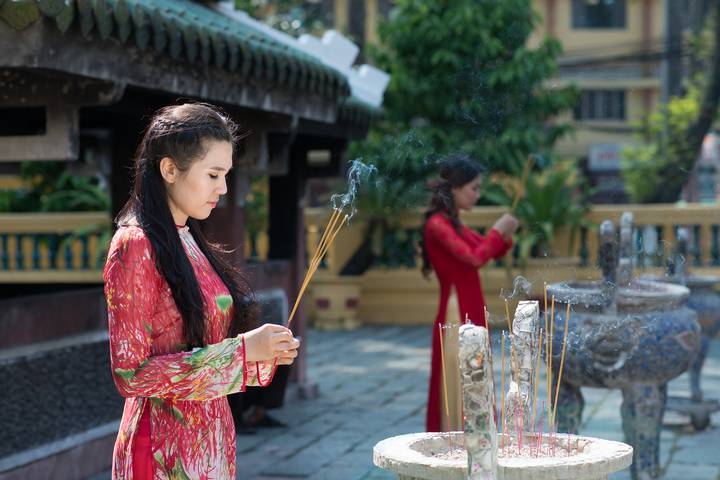Incense is a gummy and spicy element that produces an elegant scent for different purposes. The aroma has existed for thousands of years. History documented the use of incense as early as 3300 BC, prevalent in ancient Egypt, Asia, China, Rome, and Greece.
Incense started working wonders many years ago. The ancient Egyptians, Greeks, Romanians, Asians, and other cultures enjoyed the benefits of incense as much as their modern counterparts. The best incense uses have advanced over the years due to the effects of technology and other factors. Some ancient uses have merged with modern scents and essential oils for more effective results.
Are you curious about incense in the past? Let’s learn about the various uses of incense in history.
Incense in Religious Practices
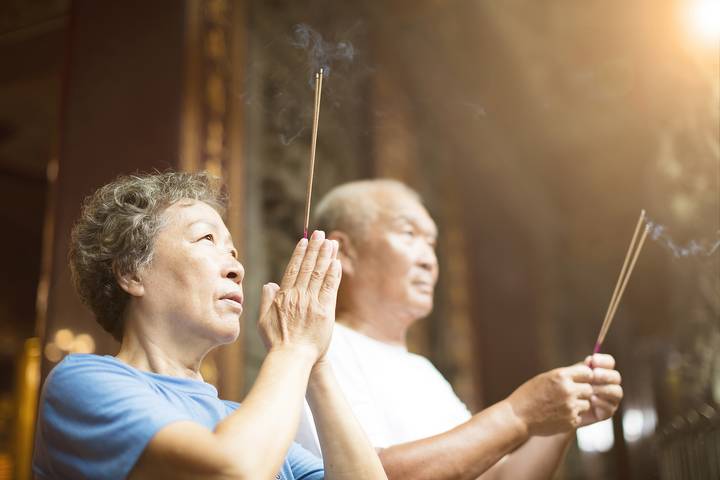
Incense is popular during traditional religious celebrations. Incense for religious activities in the old days was prevalent in many countries and cultures. For instance, the Jewish community used incense as a sacrificial offering to their gods, while Hindus used it for rituals and domestic offerings.
Buddhists, Taoists, and Shintoists in Asia used incense to mark the celebration of various religious ceremonies. They viewed incense as a way of purifying the environment and welcoming the gods. Early Christians in Rome used incense in their churches as a symbol. As incense burns, they contend that the believers’ prayers successfully rose to heaven. Lastly, incense in Islam was used in ceremonies. According to their beliefs, incense can scent the air and uplift the pilgrims’ souls.
Every religion has a history with incense, although they attach different uses and meanings. The arrangement of incense differed from one religion to another. Regardless, it remains an important symbol for various events and festivities.
Incense for Timekeeping

Incense was used for timekeeping in the old days. Before technology brought modern watches and wall clocks, the ancient Asians and Egyptians burnt incense sticks for timing. They called them ‘the fragrance clock.’ The clock contained incense holders that were calibrated with an estimated combustion rate. This system can measure days, hours, and minutes.
As the years progressed, experts came up with gongs and bells that would act as strikers to produce a sound (like in modern alarms). The incense clocks were mainly found in temples and dynastic homes. Several forms of incense were used as clocks, including sticks, coils, and seals.
Incense for Entertainment
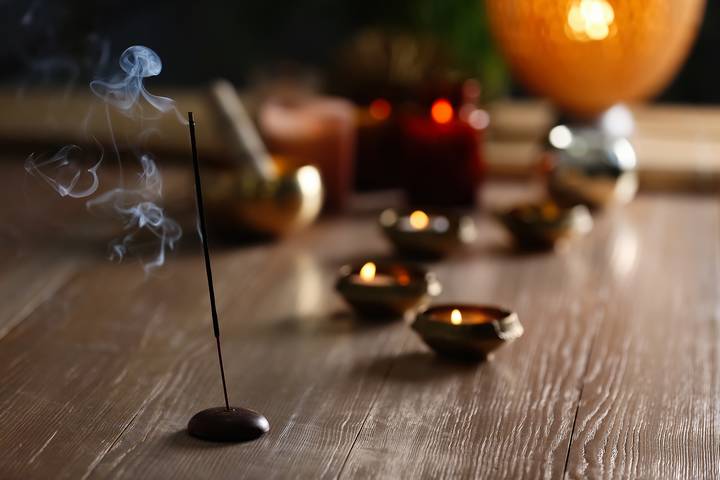
Another use of incense in the old days was a way of entertainment for the lords. Everybody desired good scents in their homes. Since incense was a precious commodity, it was mainly found in privileged households.
Entertainers would burn incense sticks during dances and performances before the leaders for amusement. The most common forms of incense were sticks, raw plant materials, and loose powders. The material was primarily stored in a secluded area and used for special occasions.
Incense as an Insecticide
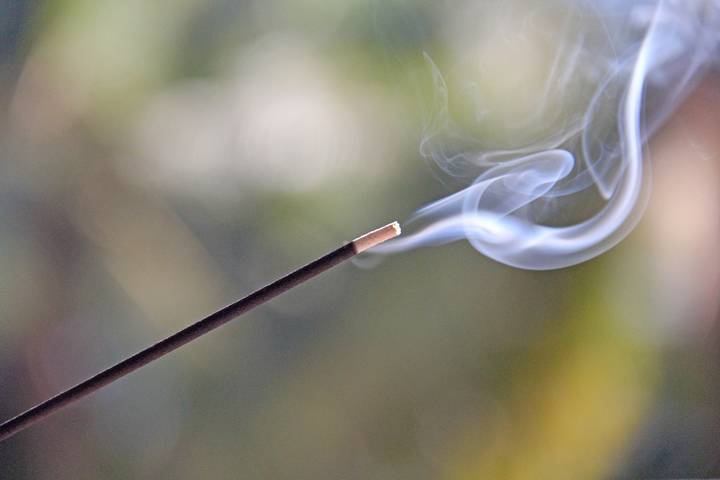
Incense as an insecticide has existed since thousands of years ago. It is still under use, although with various modern advancements. The ancient Asians, Egyptians, and Romanians used incense to scare away insects such as mosquitoes from their homesteads.
Experts made incense from components such as Citronella, a plant from the grass family with medicinal strengths. It would repel, distract, or irritate insects. An example of an incense insecticide is the Armenian paper, mainly found in homes and places of worship. Its use is to prevent worshippers from being distracted by insects.
Incense as an Aphrodisiac
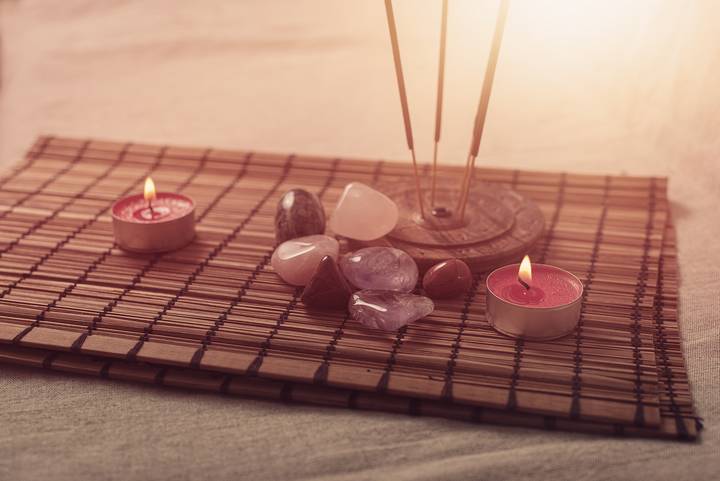
Aphrodisiac refers to any substance used to stimulate sexual desires. Incense as an aphrodisiac was prevalent in several cultures, such as the ancient Egyptians and Greeks. Experts believed incense would increase one’s sexual desires and attraction to their partner.
Ambergris is a typical traditional aphrodisiac. This waxy object is produced through secretion by male whales, mainly found on the shores of tropical seas. Ambergris incense was popular in history, particularly in European trade routes.
Incense for Meditation

Ancient humans used incense for meditation. Burning incense can produce sweet odours that may soothe the mind and body. Therefore, many households and temples burnt incense to scent the air. The aroma is prevalent during special occasions such as sacrifices and birth.
Additionally, incense is prevalent during meditation sessions. It was burnt when one experienced a frustrating moment and wished to calm down their nerves. Frankincense is the most traditional incense for meditation, mainly found in temples and leadership homes.
Incense for Aroma
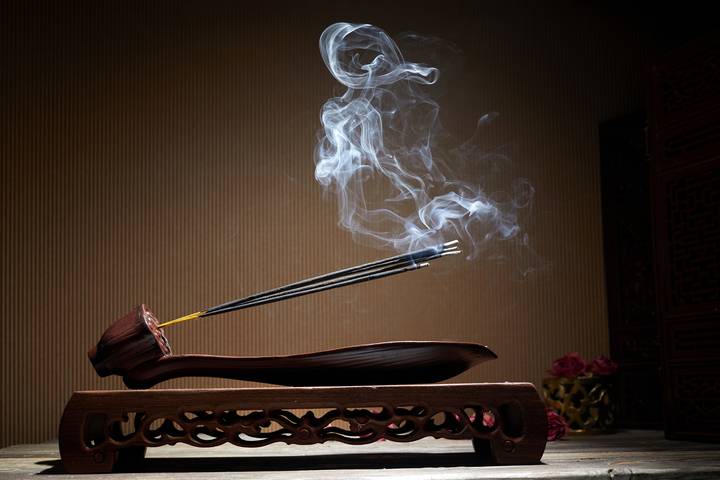
Finally, incense has a historic use simply for its aroma, just like modern times. Users enjoy the lovely fragrance of burning incense, which carries a sweet and delicate scent. The incense smell can overpower some undesirable odours in rooms and households. For instance, indoor smokers would burn incense during smoking to prevent the unpleasant stench from dominating the house.

